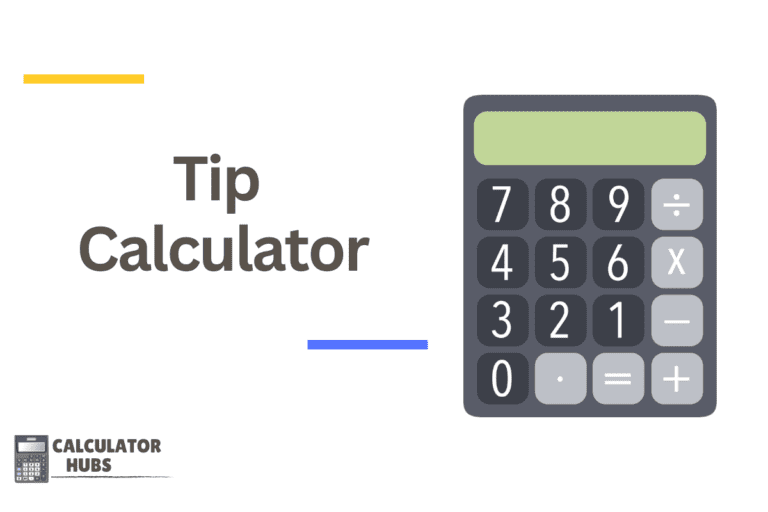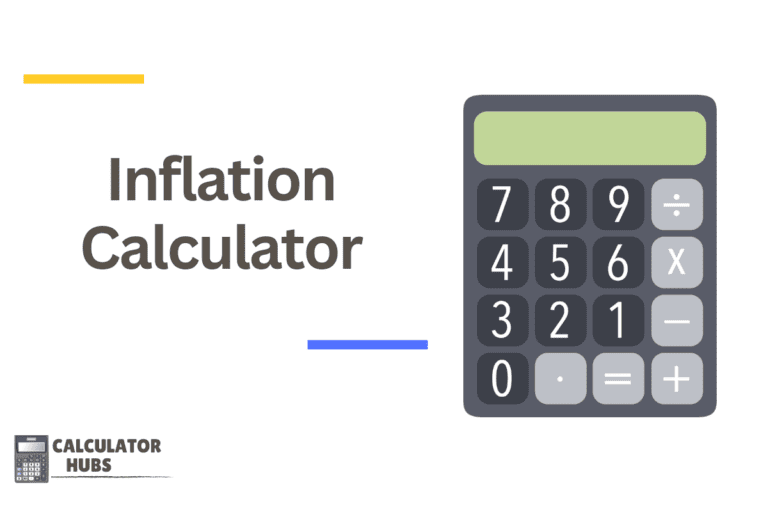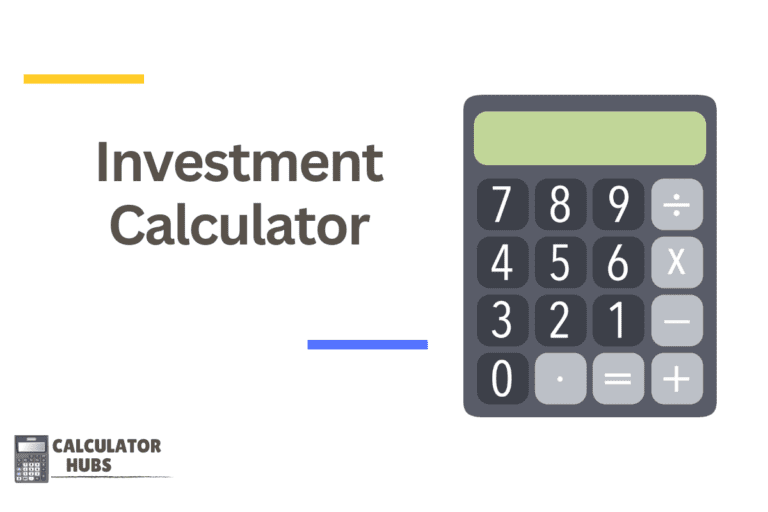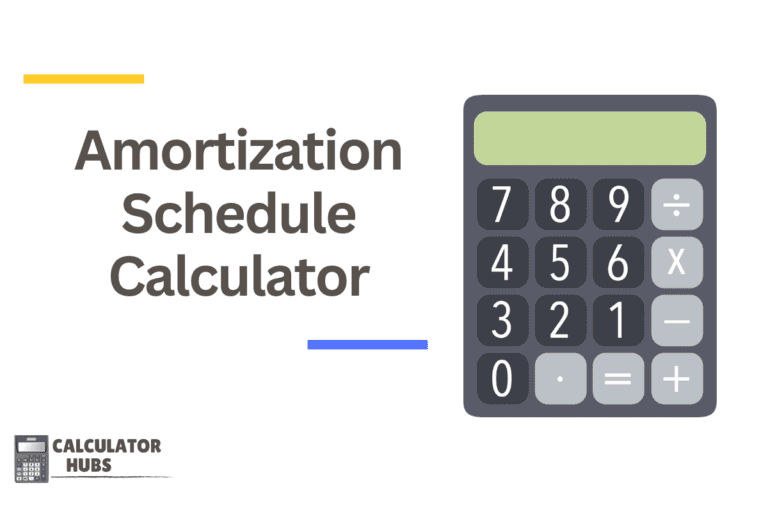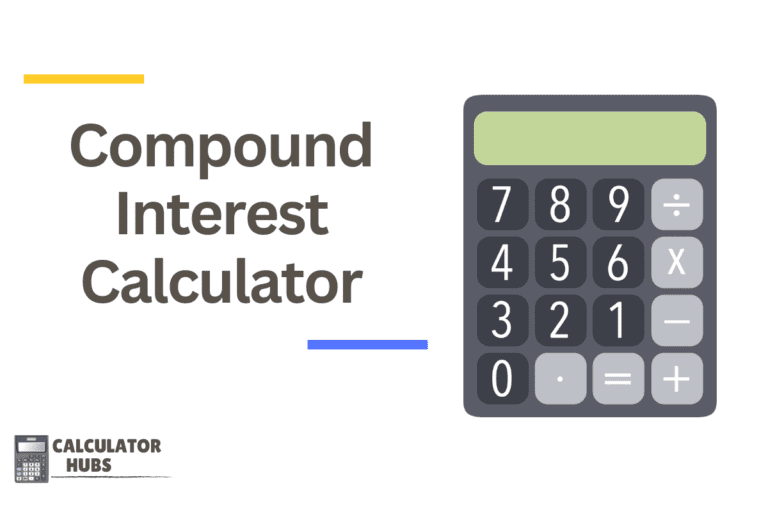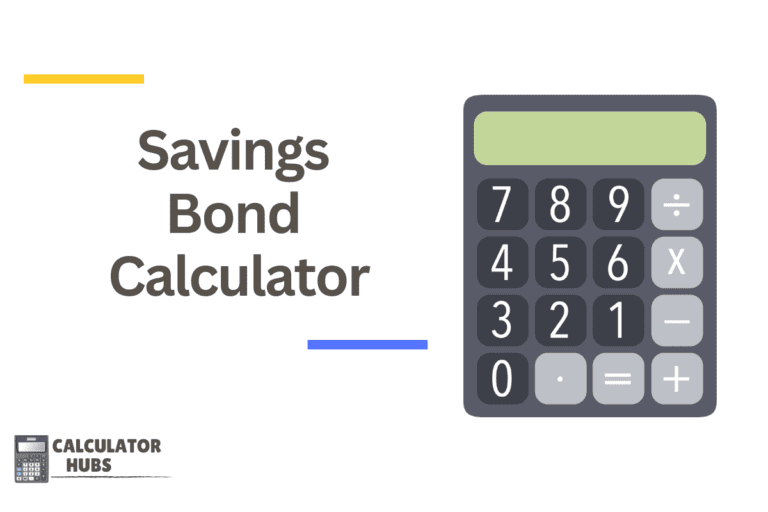Kaiser Pension Plan Calculator
Estimated Pension: $0.00 per year
A Kaiser Pension Plan Calculator is a specialized financial tool designed for employees of Kaiser Permanente, one of the largest healthcare organizations in the United States. This calculator helps Kaiser employees estimate their pension benefits upon retirement, based on their salary, years of service, and other relevant factors.
How the Kaiser Pension Plan Calculator Works
The calculator takes into account various inputs to provide an estimate of the retirement benefits that an employee can expect. Kaiser Permanente’s pension plan typically calculates benefits using a formula that includes final average earnings, years of credited service, and a benefit multiplier, reflecting the company’s commitment to supporting its employees in retirement.
Key Inputs:
- Average Salary: Typically the average of the employee's highest earning years.
- Years of Service: The total number of years the employee has worked for Kaiser Permanente.
- Age at Retirement: The age at which the employee plans to retire, which can affect the benefit amount.
Calculation Formula:
While specific formulas can vary based on the employee’s contract and changes in policy, a common type of pension calculation formula might look like this:
Pension Benefit = Average Salary × Service Years × Benefit MultiplierThe benefit multiplier is predetermined by the pension plan details and often varies by the number of years worked and the position of the employee within the organization.
General Terms and Definitions Table
| Term | Definition |
|---|---|
| Pension Plan | A retirement plan that requires an employer to make contributions into a pool of funds set aside for a worker's future benefit. The pool of funds is invested on the worker's behalf, and the earnings on the investments generate income to the worker upon retirement. |
| Average Salary | The average yearly salary of an employee, often calculated over a set number of final working years. |
| Years of Service | The total duration, in years, that the employee has worked for the employer. |
| Benefit Multiplier | A factor used in calculating the pension benefit, which represents the percentage of the salary that the employee receives for each year of service. |
Example of Calculator Use
Scenario:
A Kaiser employee plans to retire after 30 years of service at the age of 65, with an average final salary of $80,000 per year. Assume a benefit multiplier of 1.5%.
Calculation:
- Average Salary: $80,000
- Years of Service: 30
- Benefit Multiplier: 1.5%
Using the formula:
Pension Benefit = $80,000 × 30 × 1.5% = $36,000 per yearResult:
The employee would receive approximately $36,000 per year in pension benefits.
Most Common FAQs
1. How does the average salary affect pension benefits?
Higher average salaries result in higher pension benefits, as the benefit is a percentage of the average salary.
2. Can I use this calculator for early retirement planning?
Yes, this calculator can help you estimate your benefits if you plan to retire early, though typically, early retirement reduces the pension benefit unless specific provisions are made.
3. Are the calculations the same for all Kaiser employees?
While the general formula is similar, specific factors like the benefit multiplier can vary depending on the employee’s contract and position.
4. How often should I check my pension estimates?
It's advisable to calculate your pension benefits periodically, especially after any significant changes in your salary or employment terms.
5. What if I have worked in multiple positions within Kaiser?
If your employment includes different positions with varying salaries, the average salary calculation should include the highest earning periods, typically the last years before retirement.
The Kaiser Pension Plan Calculator is a powerful tool for Kaiser Permanente employees, helping them plan effectively for retirement by providing clear, personalized estimates of their pension benefits. This encourages informed financial planning and supports employees in making strategic decisions about their retirement timing and needs.

